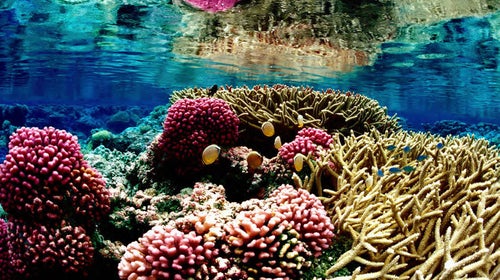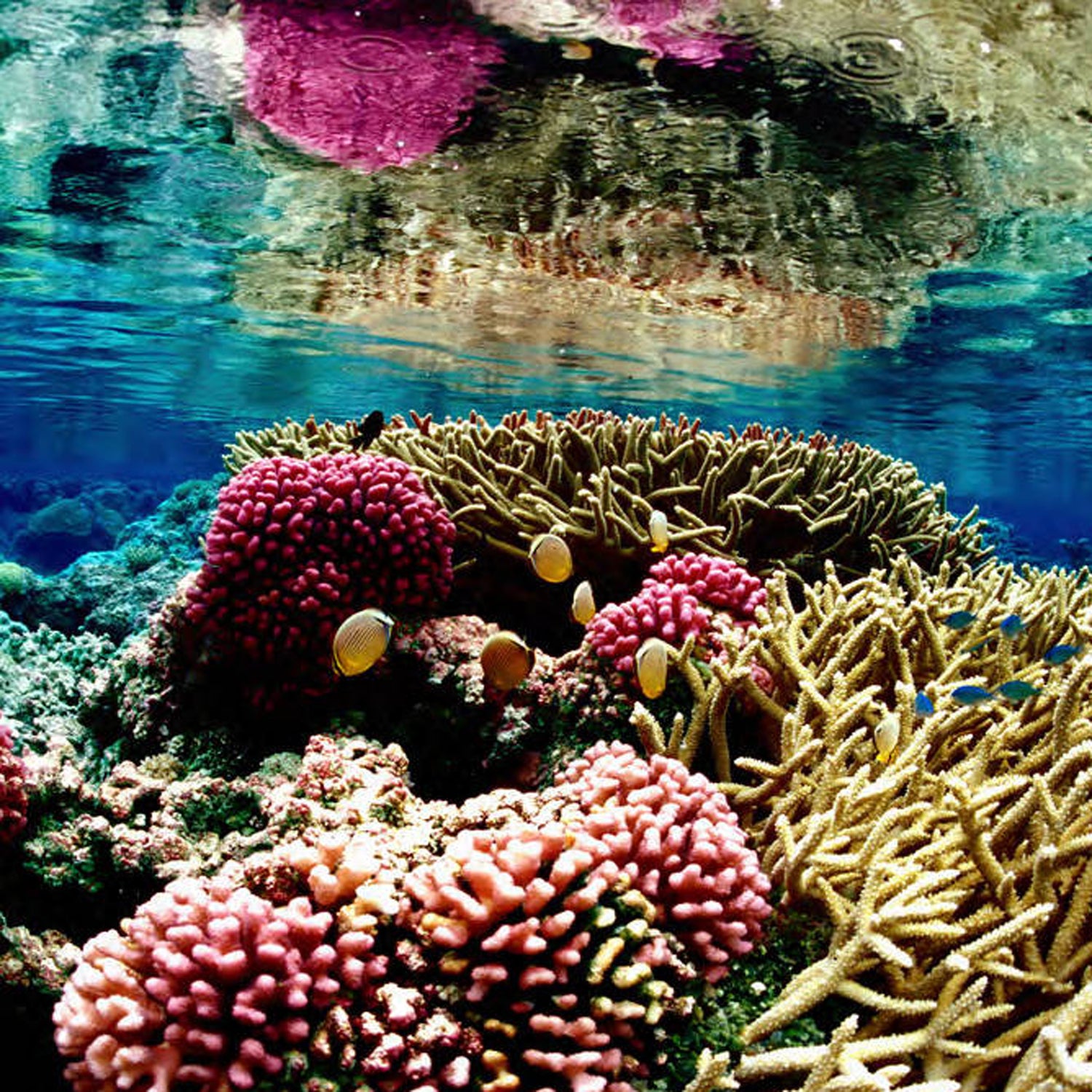Oxybenzone, an ingredient in popular brands of sunscreen that helps protect the wearer from the harmful effects of UV rays, may pose a significant threat to the world’s coral reefs, according to a study published on Tuesday in the journal Archives of Environmental Contamination and Toxicology. Researchers from Ben-Gurion University of the Negev in Israel and Haereticus Environmental Laboratory in Clifford, Virginia, found that when released into water systems—either at the beach or via residential wastewater discharges, after sunscreen is washed off in the shower—the presence of oxybenzone caused deformed coral planulae with damaged genetic structure, turning the coral brittle and white.
“Oxybenzone is a skeletal endocrine disruptor,” the authors wrote. “It induced ossification of the planula, encasing the entire planula in its own skeleton.”
The minimum concentration levels of oxybenzone that may pose a potential risk is 62 parts per trillion. The concentration level is equivalent to a cup of water in the Central Park Reservoir in New York City. The amount of the ingredient in the seawater near the tourist-friendly areas where the researchers took their samples was far more concentrated. At beaches in Hawaii and the U.S. Virgin Islands, concentration levels ran between 800 parts per trillion and 1.4 parts per million. The authors estimated that 10 percent of the world’s coral reefs are at risk of high exposure.
“This study raises our awareness of a seldom-realized threat to the health of our reef life,” Pat Lindquist, executive director of the Napili Bay and Beach Foundation in Maui, told the Washington Post. “This knowledge is critical to us as we consider actions to mitigate threats or improve on current practices.”


